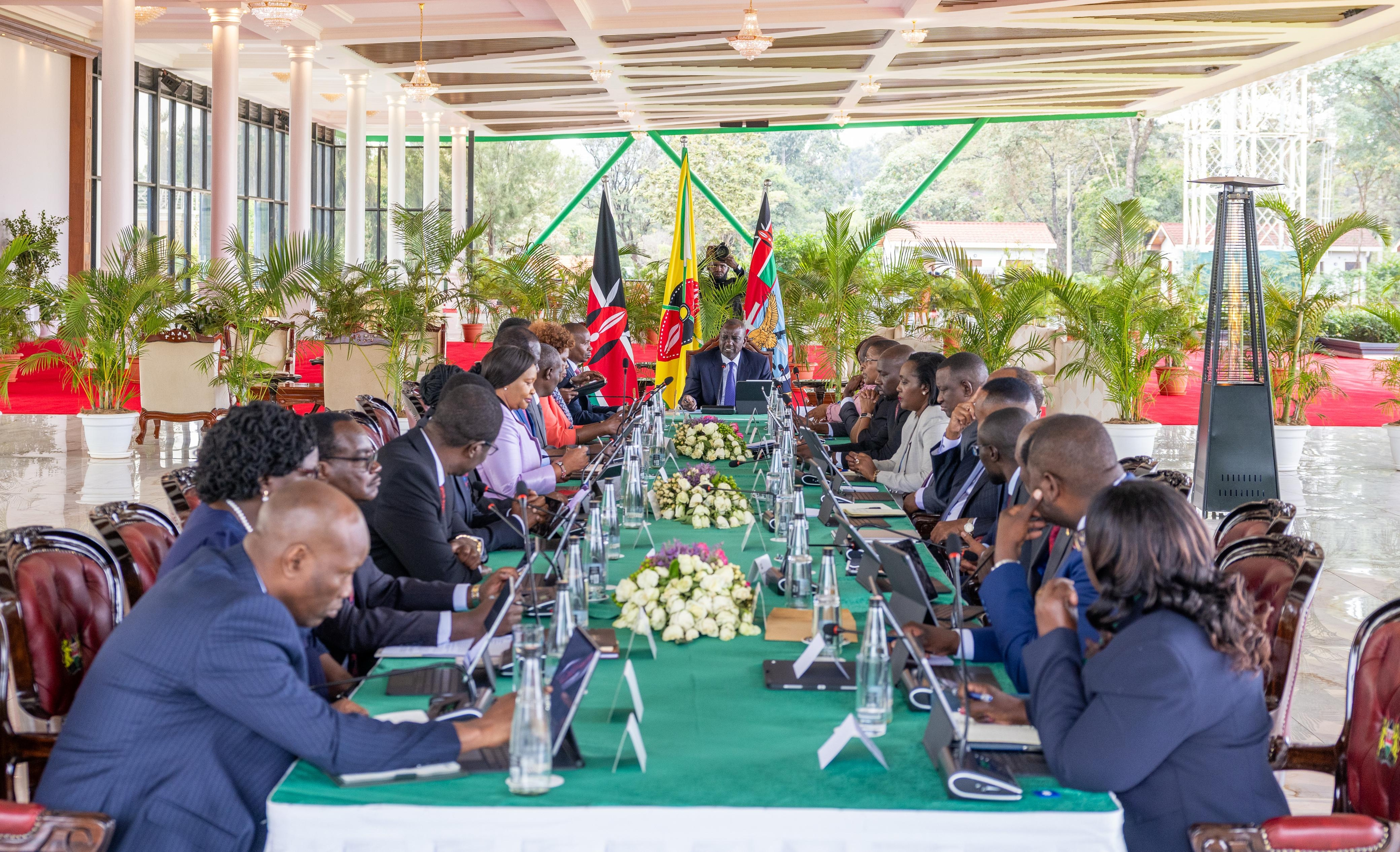Pumwani Maternity Hospital is appealing for more freezers to store breast milk as the supply continues to increase.
The region's first milk bank was launched in April 2019 by the Nairobi county government in collaboration with PATH.
It targets sick and vulnerable newborns, who for one reason or another cannot get breast milk from their mothers. Priority is given to preterm babies.
More than 500 babies have benefitted from the milk bank since it was launched. The hospital says it receives a daily donation of more than five litres of breast milk.
This has seen the hospital cut down on expenses on baby formula. The hospital only purchases formula milk for emergency. Before the bank was launched, the facility used to buy milk substitutes in bulk.
Keziah Njau, a nursing officer working at the milk bank, said the facility has saved abandoned babies who would otherwise have missed out on a mother’s milk.
“There are babies who are abandoned and those babies literally don’t have a mother, so they are fed with human milk, and they get good nutrition,” she said on Tuesday.
Currently, the hospital has a pasteuriser, which has a capacity to hold 9.4 litres of milk at ago, two fridges and four freezers with 240 litres capacity.
The milk is pasteurised at a very high temperature (60.5 per cent for 30 minutes) and then cooled suddenly to ensure all microorganisms are killed.
Because of the high temperatures, the milk may lose a few micronutrient components, but then destruction of harmful viruses will be assured. So the milk will have all the other benefits.
Freezers have thermometers and well-coordinated temperature monitoring both in the room and within the freezers and is labelled accordingly to show the expiry date.
“We get quite a lot of milk in a day. We can record like five litres of milk and we have freezers full of milk. We have even been requesting the institution to add us more freezers because we are receiving a lot of milk,” Njau said.
Kenya on Tuesday launched the World Breastfeeding week at Mbagathi Hospital.
The WBW is an annual event celebrated since 1992 to raise awareness and galvanise action on things related to breastfeeding.
This year’s theme is ‘Step up for Breastfeeding; Educate and Support’. It focuses on strengthening the capacity of actors who have responsibility to protect, promote and support breastfeeding across different levels of society.
“Kenya has a breast milk bank that is supported by mothers, the bank is able to have at least three litres of milk produced and this milk is able to go to mothers who are not able to produce their own milk,” Health CAS Mercy Mwangangi said.
“This is an initiative that we want to see scaled up in different hospitals, not just Pumwani.”
Because of the nature of human milk, it promises better outcomes in terms of health and nutrition as a result of its immune properties.
Breast milk works as the baby’s first vaccine to boost immunity and serves as a baby’s best source of nutrition during the first six months of life, laying the foundation for good health and survival beyond the five-year mark.
Data from the Ministry of Health shows that 39 in every 100 children in Kenya are not exclusively breastfed for the first six months after birth.
This is despite Kenya making progress in increasing the proportion of infants who are exclusively breastfed, with data showing an increase from 32 per cent in 2008 to 61 per cent in 2014.
Edited by A.N
“WATCH: The latest videos from the Star”












